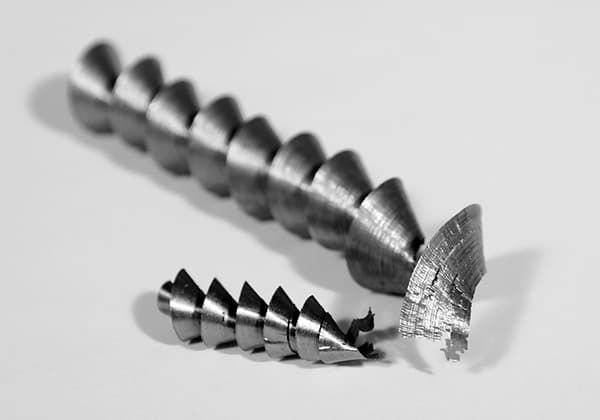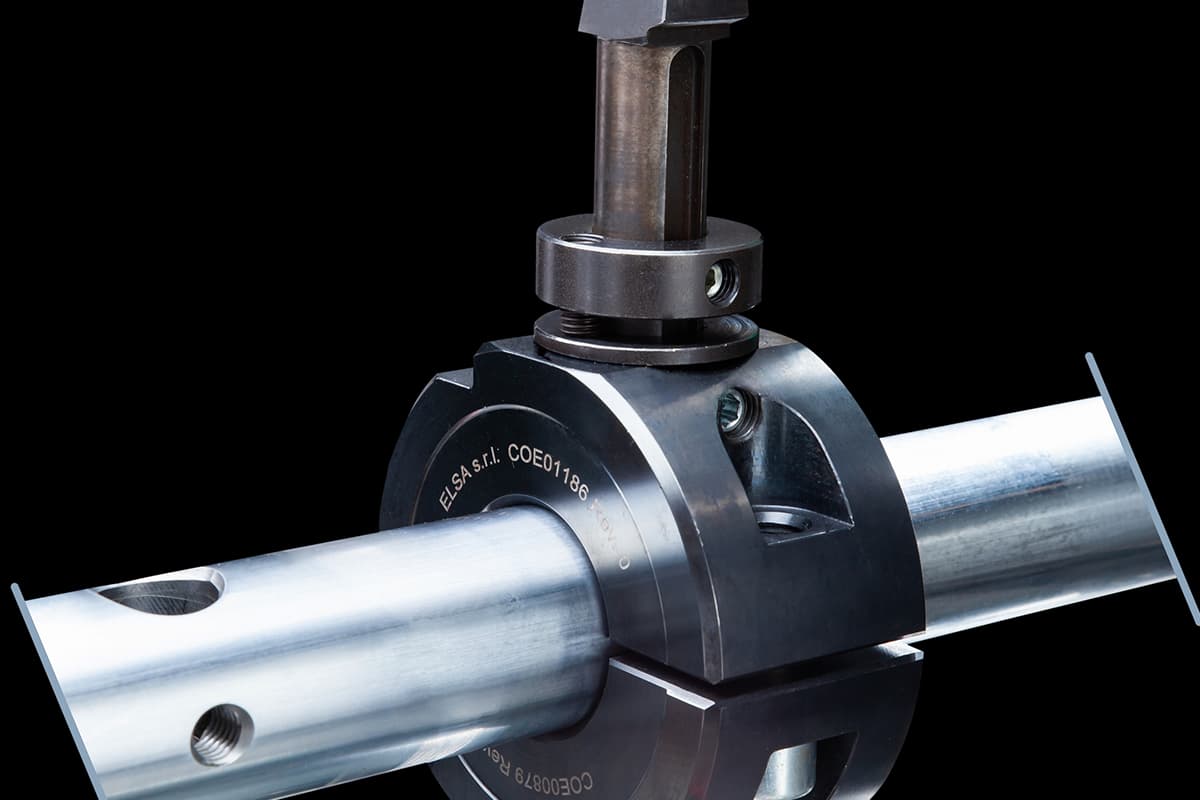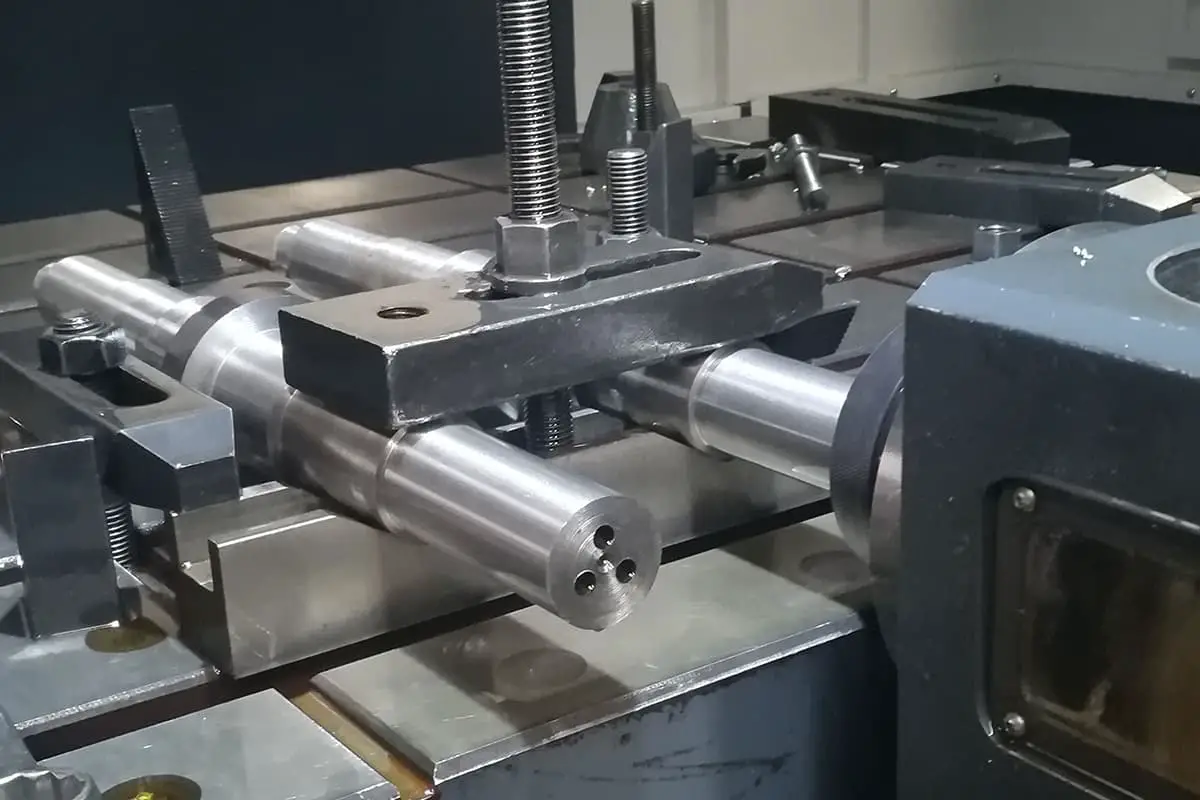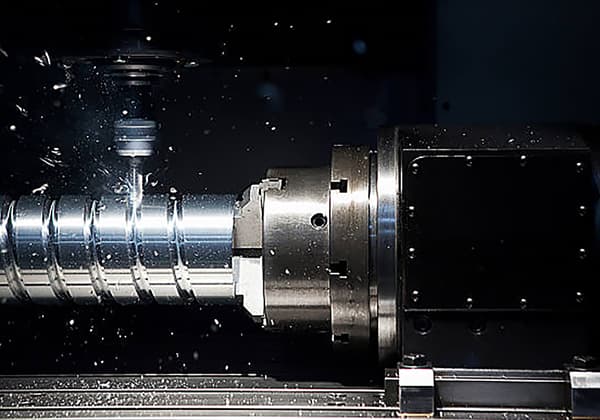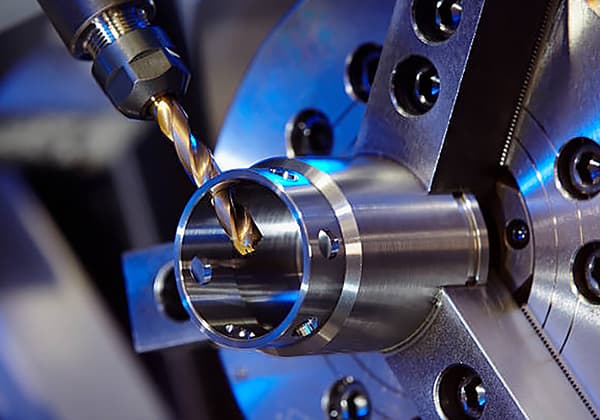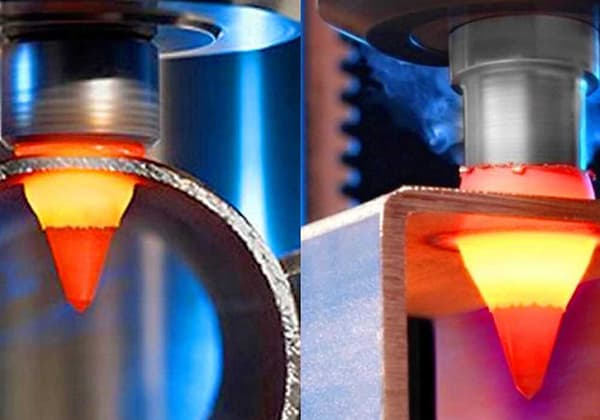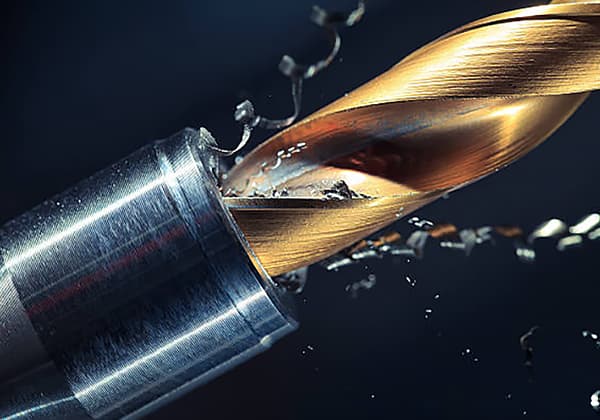
Ever wondered why drill bits come in different colors? This blog unravels the mystery behind those hues, explaining how each color signifies a specific coating and performance trait. Learn how to choose the right drill bit for your project and ensure precision in your drilling tasks.
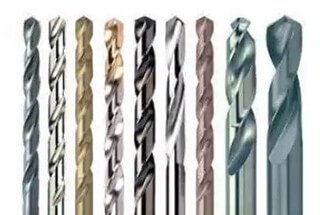
Drill bit colors indeed signify the coating type, which directly impacts their performance, durability, and application suitability. Let’s delve deeper into the characteristics and optimal uses of various drill bit coatings:
Black Oxide Bits (Black):
Titanium Nitride (TiN) Coated Bits (Gold):
Cobalt Steel Bits (Bronze):
Titanium Aluminum Nitride (TiAlN) Coated Bits (Violet-Gray):
Zirconium Nitride (ZrN) Coated Bits (Light Gold):
In mechanical processing, hole-making operations indeed account for a significant portion of total machining time, with drilling being a crucial component. The choice of drill bit coating can greatly impact productivity, tool life, and overall machining efficiency.
When selecting a drill bit, consider the following factors:
While color can indicate the coating type and potential performance, it’s essential to consider the specific application requirements and not solely rely on color for selection. Each coating type offers unique advantages, and the “best” choice depends on the specific drilling application and material being machined.
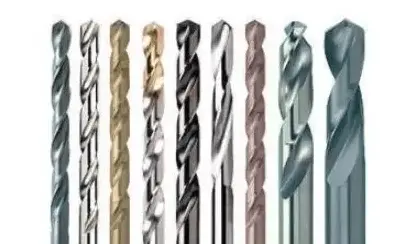
The color of a drill bit does not directly correlate with its quality; rather, it is primarily a result of different manufacturing processes and surface treatments. While certain colors may be associated with specific types or grades of drill bits, color alone is not a reliable indicator of performance or durability.
Different colored drill bits are typically the product of various surface treatments or coatings, each serving a particular purpose:
While these coatings can enhance drill bit performance, the underlying material quality, manufacturing precision, and heat treatment processes are far more critical in determining a drill bit’s overall quality and effectiveness.
It’s worth noting that some lower-quality manufacturers may apply cosmetic coatings to mimic the appearance of premium drill bits. Therefore, when assessing drill bit quality, it’s essential to consider factors such as:
In conclusion, while color can provide some insight into a drill bit’s coating or treatment, it should not be the primary factor in judging its quality. Proper research, understanding of specifications, and consideration of the intended use are more reliable methods for selecting high-quality drill bits.
The color of drill bits often indicates their manufacturing process, material composition, and performance characteristics:
White: High-quality HSS (High-Speed Steel) bits are typically white due to precision grinding. This process ensures strict quality control, preventing surface burning and maintaining the tool’s integrity. White bits can be either fully ground or rolled with a finished outer surface. Their clean-edged appearance signifies superior manufacturing and suitability for drilling slightly harder materials.
Black: Black drill bits are often nitrided through a chemical heat treatment process. Ideally, this involves exposing the finished tool to a mixture of ammonia and water vapor at 540-560°C, enhancing durability. However, many black drills in the market are merely colored black to conceal surface imperfections without actual performance improvements.
Yellowish-brown (Amber): Often marketed as cobalt-containing drills, these bits were originally white and produced by grinding. The amber color results from an atomization process during manufacturing. These drills are generally considered top-tier in terms of performance and durability.
Gold: M35 (5% Cobalt) drills are often gold-colored due to titanium coating. This coating can be either decorative or industrial. While decorative coatings are purely aesthetic, industrial titanium coatings significantly enhance the drill’s performance. Industrial titanium-coated bits can achieve a hardness of HRC78, surpassing that of cobalt-containing drills (HRC54).
It’s important to note that color alone doesn’t guarantee quality or performance. The manufacturing process, material composition, and adherence to quality standards are crucial factors in determining a drill bit’s effectiveness and durability.
While color is not a definitive indicator of drill bit quality, several key factors should be considered when selecting a drill bit:
Material and Coating:
Shank Markings:
Cutting Edge Quality:
Manufacturing Precision:
Intended Application:
Flute Design:
Surface Finish:
Brand Reputation:
Price Point:
By carefully evaluating these factors, you can select drill bits that offer optimal performance, longevity, and precision for your specific drilling applications.
Drilling accuracy is influenced by multiple factors including hole size, positional accuracy, coaxiality, roundness, surface roughness, and orifice burrs. The key factors affecting hole accuracy during drilling include:
① Drill bit accuracy and cutting conditions: tool holder precision, cutting speed, feed rate, cutting fluid selection, etc.
② Drill bit geometry: length, cutting edge shape, core design, flute configuration, etc.
③ Workpiece characteristics: material properties, hole side wall shape, hole depth-to-diameter ratio, workpiece thickness, fixturing method, etc.
Reaming, or hole enlargement, is primarily caused by drill bit oscillation during the cutting process. The condition of the tool holder significantly impacts both the bore diameter and positional accuracy. Regular inspection and timely replacement of worn tool holders are crucial for maintaining precision.
Drilling small holes presents unique challenges in measuring and controlling oscillation. To mitigate these issues, it is recommended to use a rigid shank small-diameter drill bit with excellent coaxiality between the shank and cutting edges. When using reground drill bits, decreased hole accuracy often results from asymmetrical regrinding of the drill point. Minimizing the height difference between cutting edges can effectively reduce hole enlargement.
Drill bit vibrations can lead to polygonal hole shapes, typically resulting in triangular or pentagonal profiles with ridged wall surfaces. The triangular shape occurs due to two centers of rotation in the drill vibrating at frequencies alternating every 60° interval. This phenomenon is primarily caused by imbalanced cutting forces:
As drilling depth increases, friction between the drill’s margin and the hole wall rises, causing vibrations to decrease, ridges to diminish, and roundness to improve. The orifice often appears funnel-shaped in longitudinal section.
To prevent these issues:
Poor positioning accuracy occurs when drilling on beveled, curved, or stepped surfaces due to uneven radial support of the drill bit, which can also reduce tool life. To improve positioning accuracy:
(1) Begin with a pilot hole at the center point
(2) Mill a flat spot using an end mill to create a stable starting surface
(3) Employ a drill bit with superior penetration capabilities and high rigidity
(4) Reduce the feed rate during initial engagement
Burrs frequently form at hole entrances and exits, especially when machining tough materials or thin plates. This occurs due to plastic deformation of the workpiece material as the drill point is about to break through. The material near the outer cutting edges experiences:
To minimize burr formation:
By addressing these factors and implementing appropriate strategies, manufacturers can significantly improve drilling accuracy and overall hole quality across various applications and materials.

